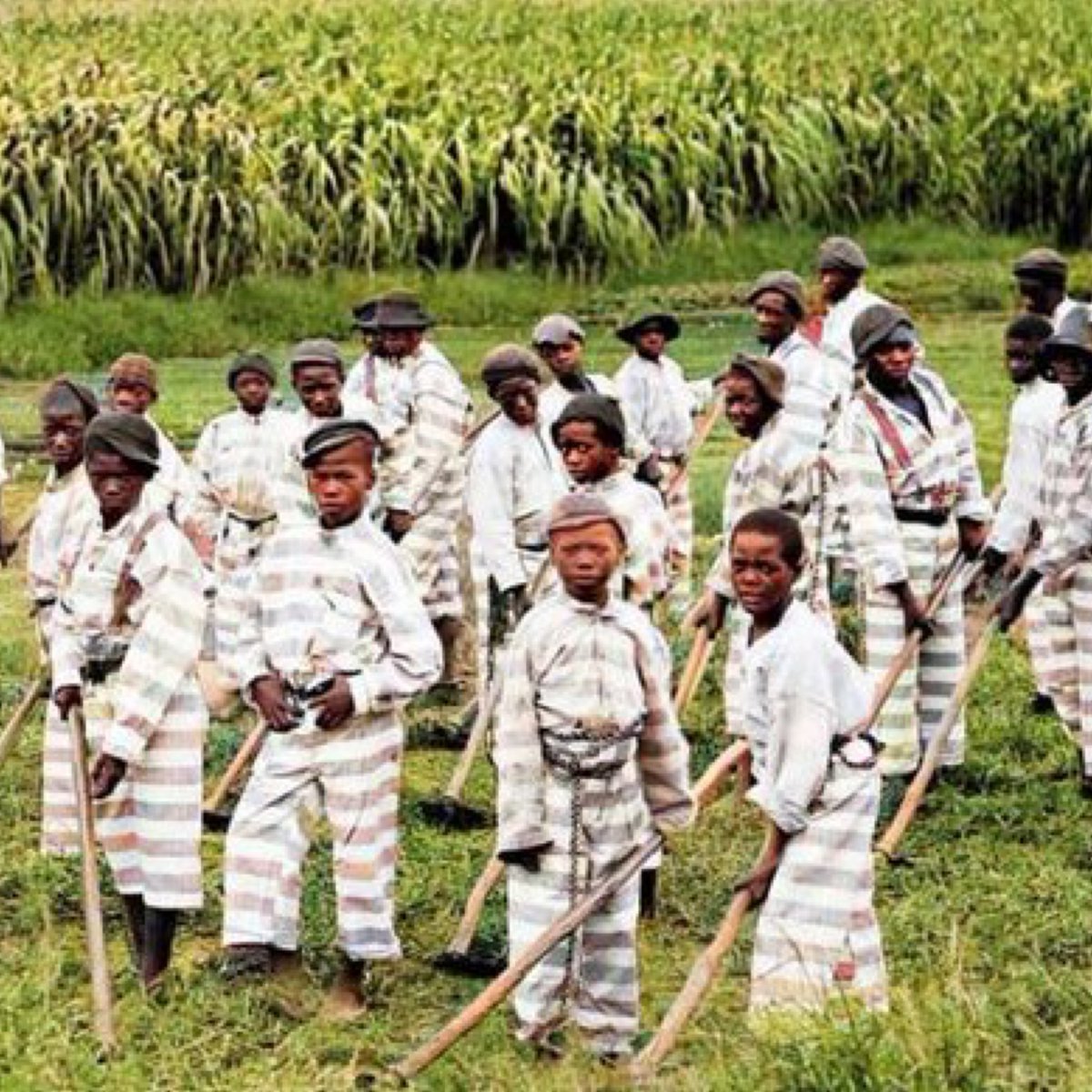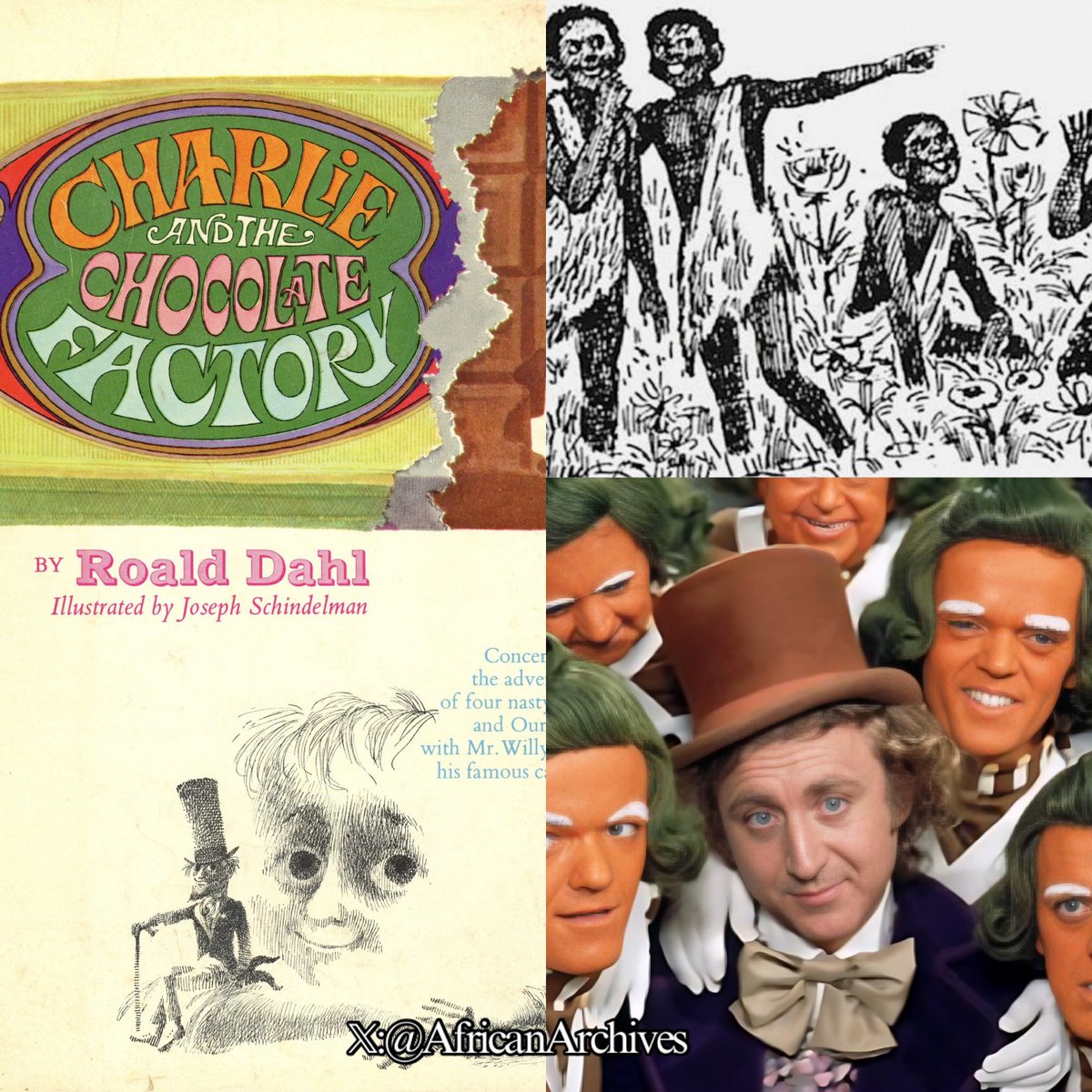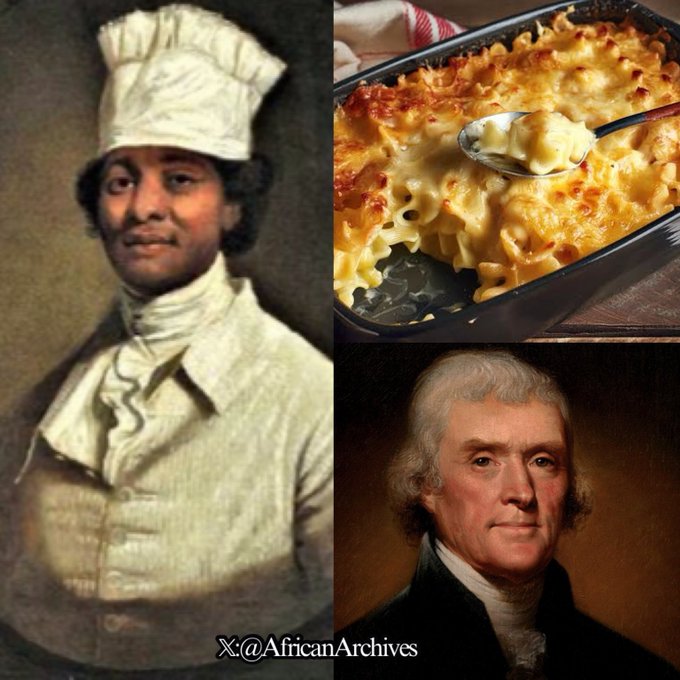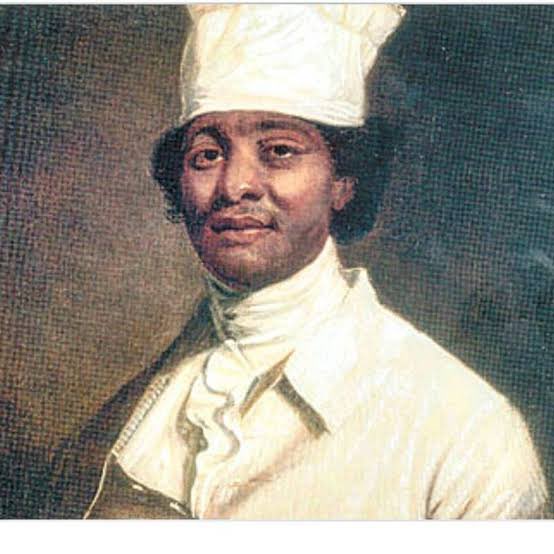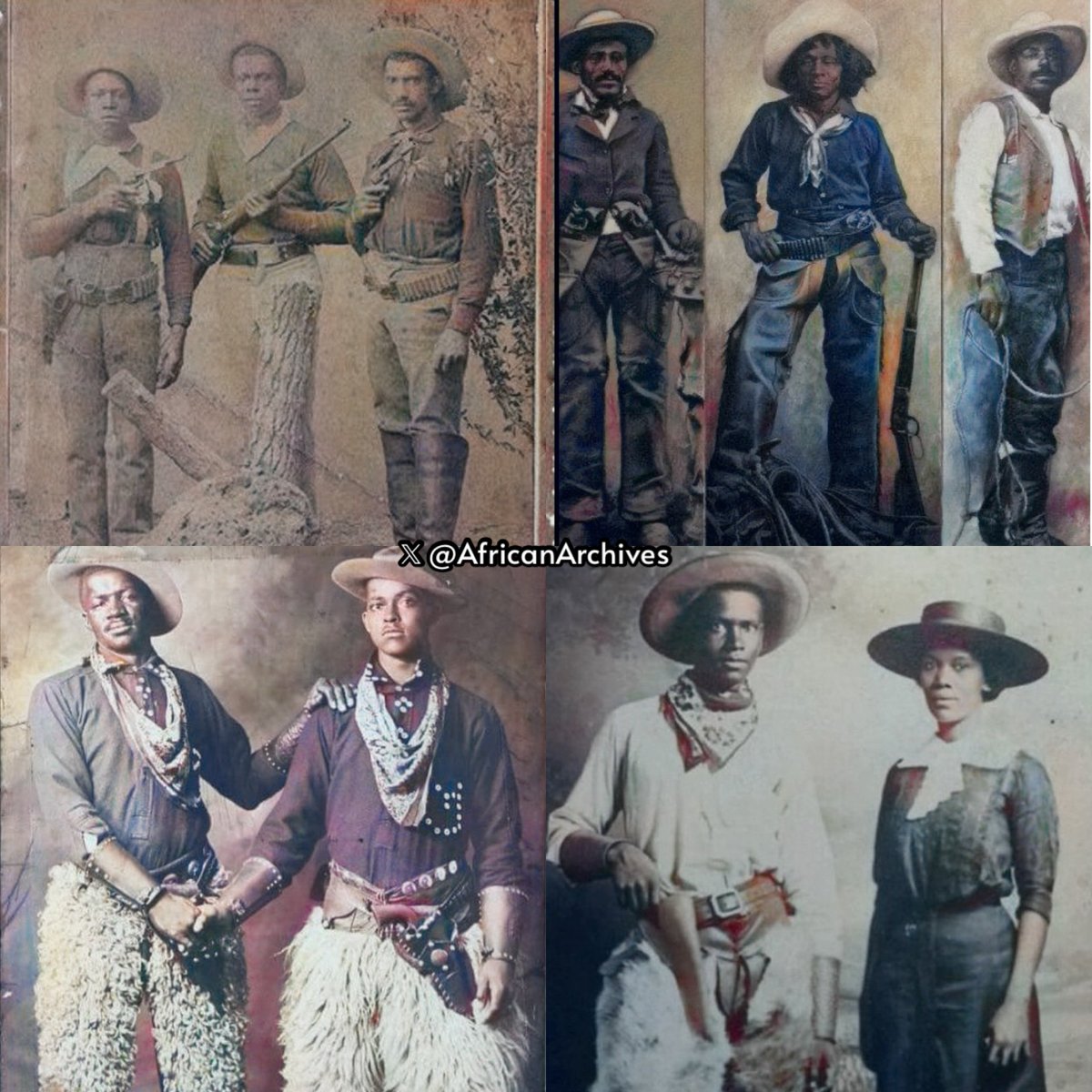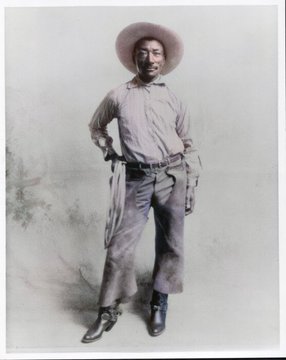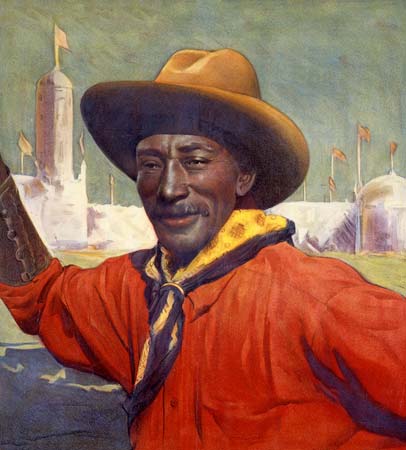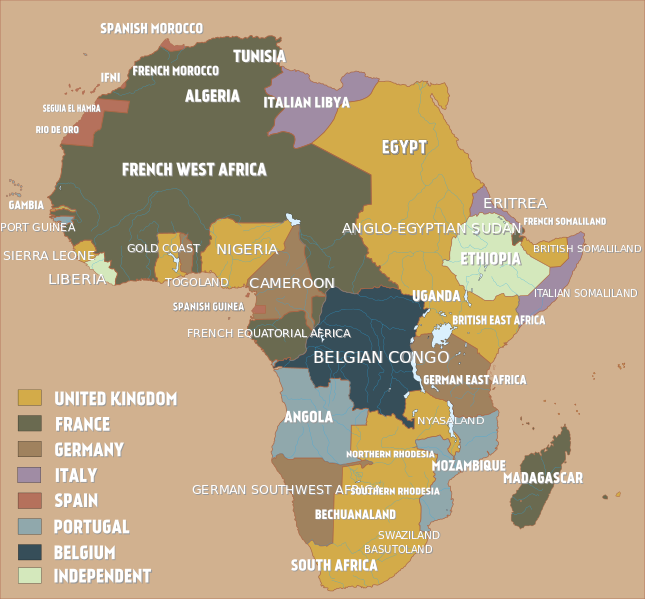“fuck it, i’ll do it!” —black women
Black women are routinely erased from public memory and historical narratives of resistance.
Black women powered the civil rights movement, but rarely became its stars.
A THREAD!



Black women are routinely erased from public memory and historical narratives of resistance.
Black women powered the civil rights movement, but rarely became its stars.
A THREAD!




Aunt Polly Jackson, was an escaped slave who worked as an agent on the Underground Railroad helping others escape.
She was known for fighting off slave catchers with a butcher knife and a kettle of boiling water
She was known for fighting off slave catchers with a butcher knife and a kettle of boiling water

Harriet Tubman, the woman who escaped slavery then fought and freed hundreds of slaves.
She reminded us that bravery and refusal to accept injustice can change history.
She reminded us that bravery and refusal to accept injustice can change history.

Sojourner Truth was an evangelist, abolitionist, women’s rights activist and author who was born into slavery before escaping to freedom in 1826. After gaining her freedom, Truth preached about abolitionism and equal rights for all 

A statue of La Mûlatresse Solitude, who in 1802, helpled lead a slave revolt while EIGHT Months pregnant in Guadeloupe.
She became a martyr and symbol for all women and mothers who against all odds defended the ideals of freedom and equality.
She became a martyr and symbol for all women and mothers who against all odds defended the ideals of freedom and equality.

Queen Nanny Of The Maroons: Ashanti Woman who Fought And Freed Over 1,000 Enslaved Africans In Jamaica. 



Mae Mallory was an activist during the Civil Rights Movement and a leader in the Black Power movement. Mallory was most-known as an advocate of following desegregation and Black armed self-defense. 

Claudia Jones; Journalist and activist. Author of the seminal piece 'Ending the Neglect of Black Women' and original founder of Notting Hill Carnival. Founder of Britain's first major newsletter, the West Indian Gazette 
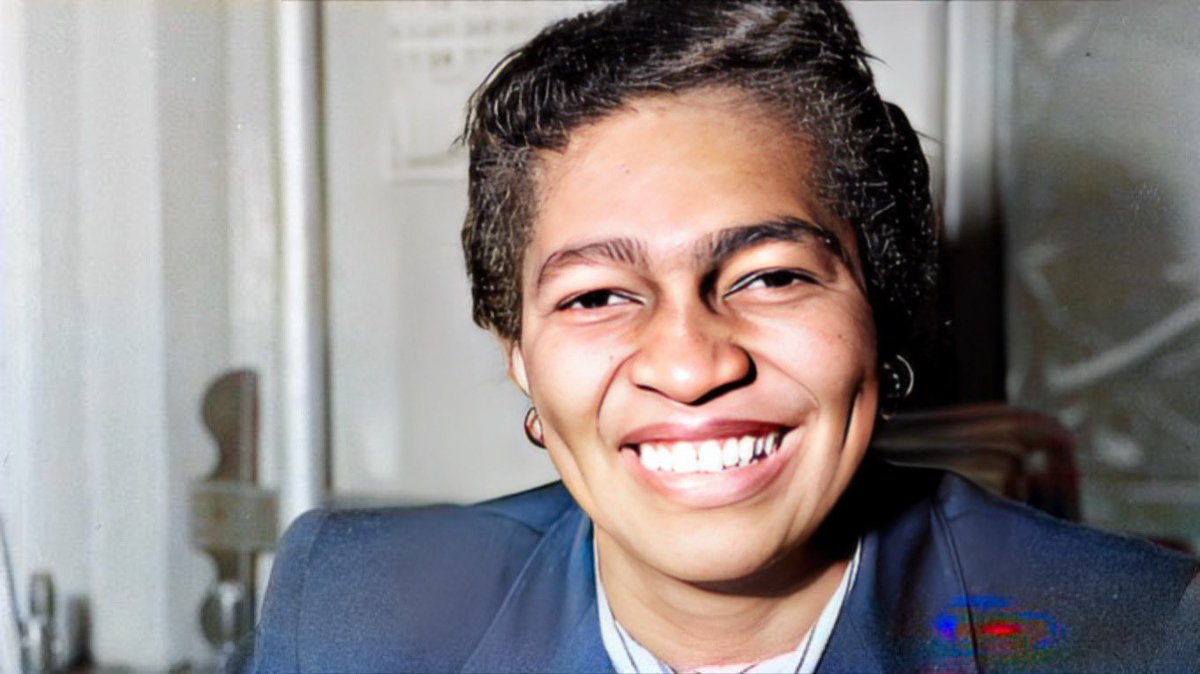
Daisy Bates, civil rights activist and newspaper publisher. Through her newspaper, Bates documented the battle to end segregation in Arkansas 

If you love my content, You can support my history page/project here through donations/tips to keep up on: ko-fi.com/africanarchives
• • •
Missing some Tweet in this thread? You can try to
force a refresh






